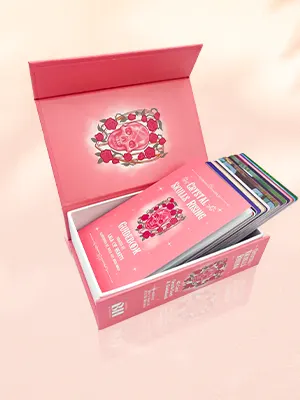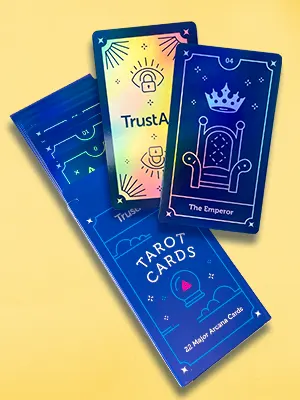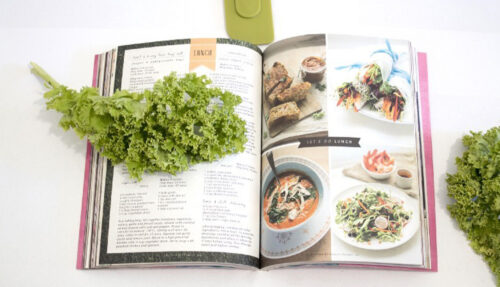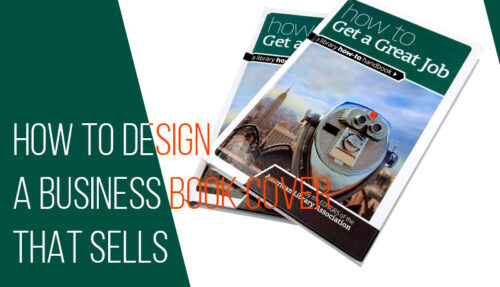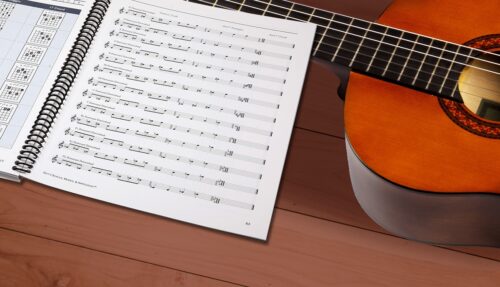
Hardcover books are one of the most common types of bookbinding due to their solidity and durability. Due to hardcover books being so widespread, people may sometimes mistake a board book for a hardcover because they both appear thick and sturdy at first glance. In reality, however, a board book and a hardcover book are completely different products, with major differences in structure, materials, page count, and cost.
So, what are the differences between a board book and a hardcover book?
Board Book vs. Hardcover Book: Quick Comparison
| Feature | Board Book | Hardcover Book |
|---|---|---|
| Structure | Pages made by gluing two sheets back-to-back, lay-flat at 180° | Inside pages sewn or glued into sections, attached with endpapers |
| Materials | Thick paperboard (250gsm+), no grayboard | Grayboard cover + printed/cloth/leather wrap |
| Durability | Designed for toddlers—resistant to chewing, tearing | Long-lasting, protective cover but regular paper pages |
| Page Count | Usually 8–64 pages | 24 pages minimum, can exceed 800 pages |
| Price | Can be higher due to thick paper and glue usage, but small board books are cheap | Varies by size and thickness; generally affordable per page |
| Best For | Children's books, interactive titles, photo books | Coffee table book, art books, reference books, premium editions |
Board Book vs Hardcover: Structural Differences
Hardcover books are typically made of three main components: a hardcover case, endpapers, and inside pages. In some cases, they may also have extras such as dust jackets, belly bands, ribbons, or headbands. The binding process usually involves gathering inside pages into sections, sewing them together (sometimes glued to save costs), and attaching them to the cover with endpapers. While hardcover books can open fully, the pages curve slightly toward the spine.
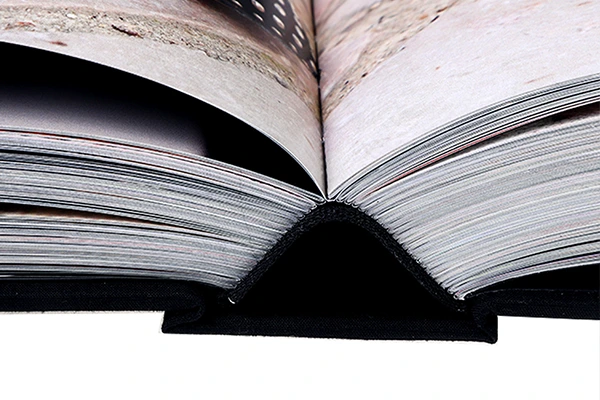
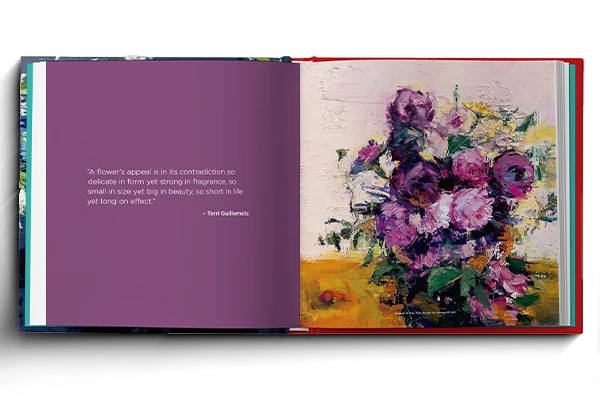
Board books, on the other hand, are bound in a completely different way. Each page is created by folding thick paper, gluing two sheets back-to-back, and attaching them edge-to-edge. The first and last sheets are glued to the cover. No sewing is required, as large amounts of glue hold everything together. Looking at the edge of a board book page, there is a visible seam in the middle where the two paper sheets were joined. Unlike hardcovers, board books can lie completely flat at 180 degrees, giving them the alternative name of lay-flat books.
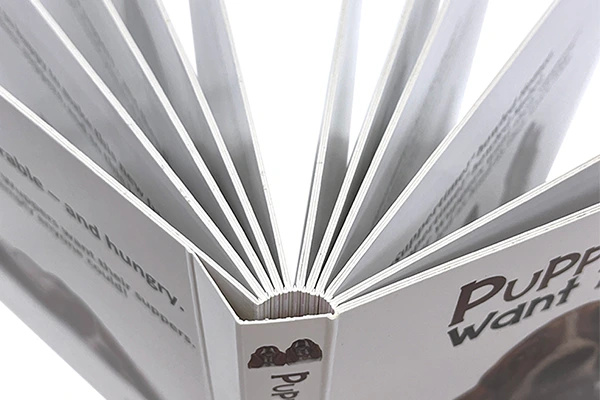

Board Book vs Hardcover: Material Differences
The term hardcover refers to the book’s stronger construction compared to softcover books. The cover is built with gray board (a type of cardboard), cut into three parts: the front cover, spine, and back cover. These boards are slightly larger than the inside pages to protect them. The actual outer cover—what you see when you look at the book—is then glued onto the supporting boards. Think of the construction like a sofa: if you peeled back the fabric, you’d see the frame inside.
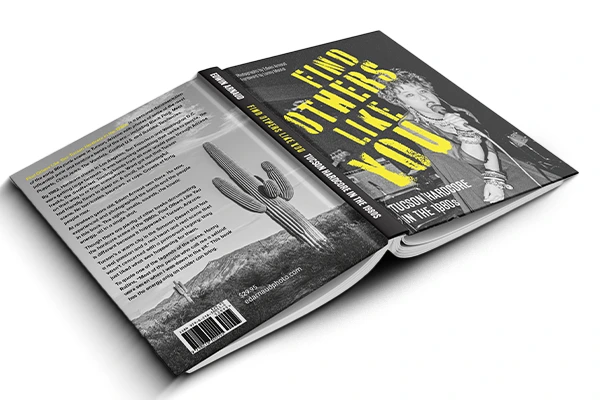
A board book, however, does not use gray board at all. Both the cover and the inside pages are made of thick paperboard. The thickness comes from two things:
- Each page is made of two sheets glued together, doubling its weight.
- To hold large amounts of glue, heavier paper (usually 250gsm or higher) is required.
Since board books are mainly designed for young children, the thick paper helps resist tearing, chewing, and rough handling.
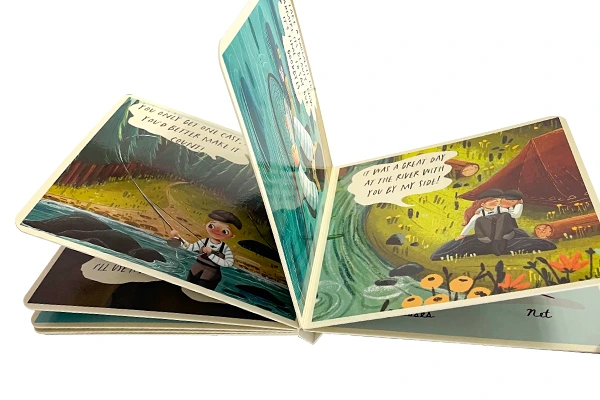
Board Book vs Hardcover: Page Count Differences
Because hardcover books use a solid spine with the gray board, they need a minimum thickness to look and feel balanced. Typically, hardcover books start at around 24 pages. Very thin hardcovers can collapse at the spine and look like two pieces of board stuck together. At the other extreme, hardcovers can be extremely thick—800 pages or more—like dictionaries, Bibles, or law books. For very thick editions, a rounded spine is often used to make them easier to open.
Board books, by contrast, are kept on the shorter side. Since their main audience is children, the content is simpler, and the page count is often lower. The minimum is usually 8 pages (including covers). More than 64 pages is not recommended, as the thickness makes the book hard to open and lay flat.
Board Book vs Hardcover: Price Differences
Many people assume hardcover books are always more expensive than board books. Surprisingly, that’s not always true.
Board books are actually more wasteful in terms of paper use—half of the printed surface is hidden because each sheet is glued back-to-back. They also require thicker, higher-cost paper and large amounts of glue. All of this increases production costs.
Below is a price comparison of board books and hardcover books with the same dimensions and page count.
| 10" x 10" | Hardcover Book (500 pcs) | Board Book (500 pcs) |
|---|---|---|
| 32 pages | $1542 (≈$3.08 each) | $2094 (≈$4.19 each) |
| 48 pages | $1631 (≈$3.26 each) | $3046 (≈$6.09 each) |
| 60 pages | $1964 (≈$3.93 each) | $3784 (≈$7.57 each) |
Hardcovers, on the other hand, may seem more expensive simply because they are usually larger and thicker. For example, a small 6″ x 6″, 8-page board book can cost as little as $1.14 per copy, while larger hardcovers can cost several dollars each.
Which One Should You Choose: Board Book vs Hardcover?
Choosing between a board book and a hardcover book depends on who the book is for and how it will be used.
- For toddlers and preschoolers: Board books are the best choice, as they are durable, safe, and easy for small hands to handle. The thick pages resist tearing, bending, and chewing. Since they can open flat, children can explore illustrations without struggling to hold the book open.
For collectors, libraries, and adults: - Hardcover books are more suitable. They offer a professional look, higher page capacity, and a wider range of finishes such as cloth, dust jackets, or leather. Hardcovers are perfect for novels, art books, coffee table books, and reference titles.
- For interactive or photo-heavy books: A hybrid option, the hardcover board book, combines the strengths of both. Hardcover board books provide the durability and protective cover of a hardcover with the 180° lay-flat design of a board book, making them ideal for panoramic photography, children’s picture books, and keepsake albums.
The Board Book + Hardcover Combination
The hardcover board book is a hybrid option for when you desire the advantages of both types of book. In this format, a regular board book is given a hardcover-style case for extra durability. The inside pages are glued like a normal board book, but the cover is reinforced with gray board. This hybrid combines the protective strength of hardcovers with the lay-flat functionality of board books, making it popular for children’s titles and panoramic photo books.
Frequently Asked Questions (FAQ)
1. What is a board book?
A board book is a type of book where every page, including the cover, is made of thick paperboard. Pages are glued back-to-back, making the book durable and easy to open flat. Board books are perfect for toddlers and young children to learn.
2. Is a board book the same as a hardcover?
No. A hardcover has a strong gray board cover with sewn or glued pages inside, while a board book has thick paperboard pages throughout.
3. Which is better for toddlers: board book or hardcover?
Board books are better for toddlers because the thick pages resist tearing, chewing, and bending. Hardcovers are more suitable for older children, students, and adults.
4. How many pages does a board book usually have?
Board books typically have between 8 and 64 pages. Anything more can make the book difficult to open flat.
5. Why do hardcover books usually have more pages?
Hardcovers use gray board spines that need minimum thickness, so they start at about 24 pages and can go up to 800 pages or more.
6. Are board books more expensive than hardcovers?
It depends. Board books use thicker paper and more glue, which can raise costs. But small-format board books (like 6×6″, 8-page books) can be very affordable—sometimes less than $1 per copy.
7. What is a hybrid board + hardcover book?
This is a “hardcover board book,” which combines a hardcover case with board book-style inside pages. It offers both durability and lay-flat opening, combining the strengths of both book styles. Hardcover board books are often used for children’s books and panoramic photo albums.
The differences between board books and hardcover books come down to structure, materials, page count, and price. Hardcovers are versatile, durable, and suitable for both thin and very thick books. Board books are sturdier for children’s use, with thick pages that open completely flat. Each type serves a different purpose—and in some cases, you can even combine them for the best of both worlds!
If you’re planning to print your own board book or hardcover book and need professional assistance, our team is here to help. Whether it’s choosing the right materials, deciding on the page count, or understanding pricing, At QinPrinting, we can guide you through the process from start to finish: choosing the right materials, deciding on the book’s page count, understanding pricing, and sorting out shipping methods.
Get in touch with us today to discuss your project and receive expert advice tailored to your needs.

